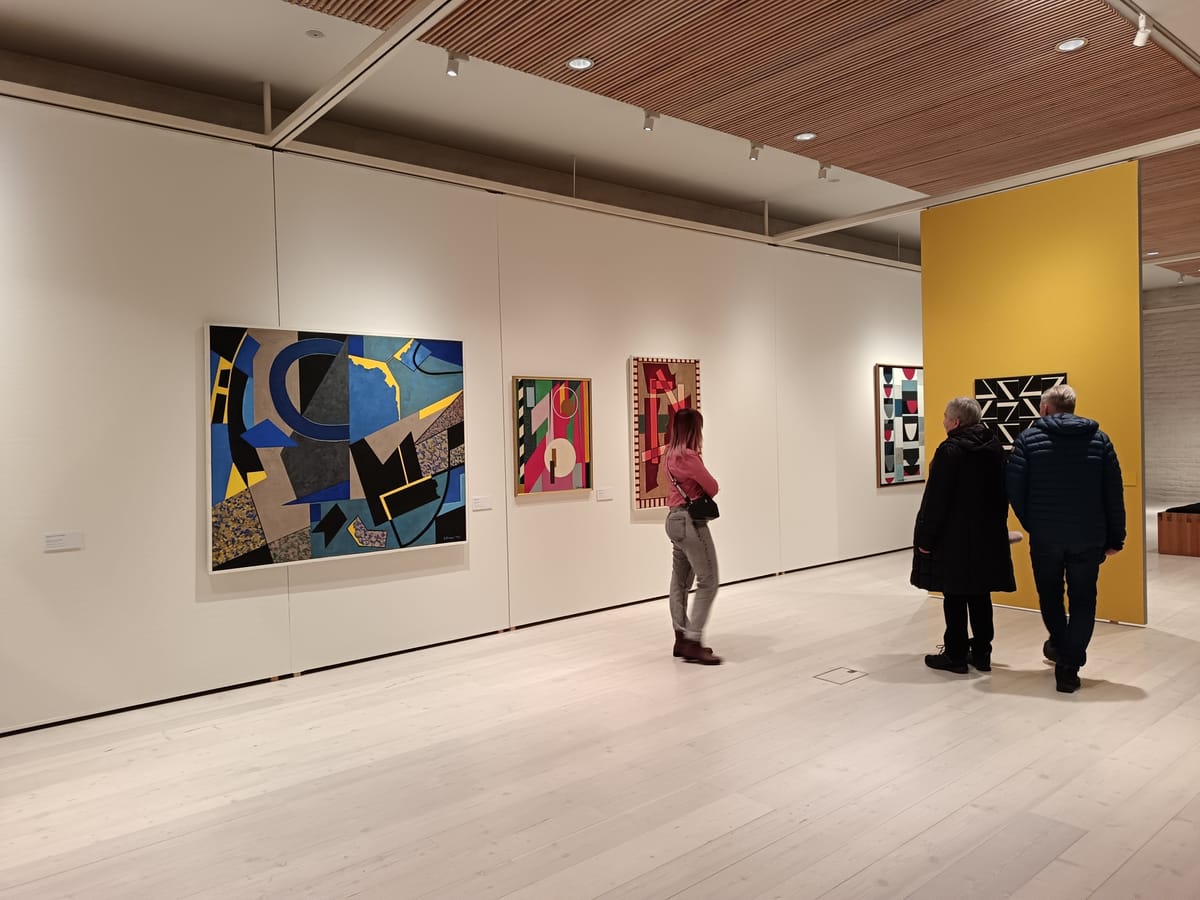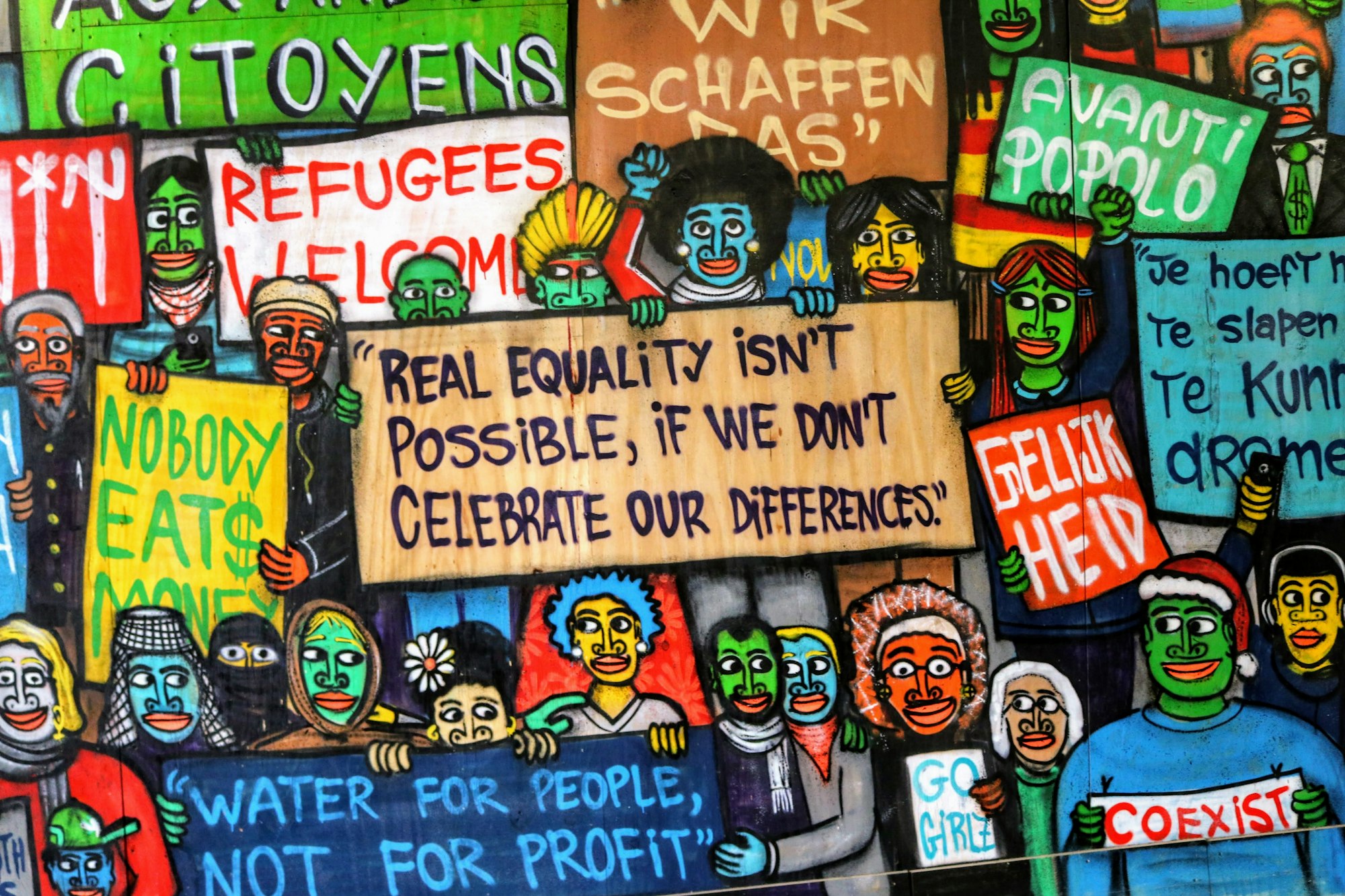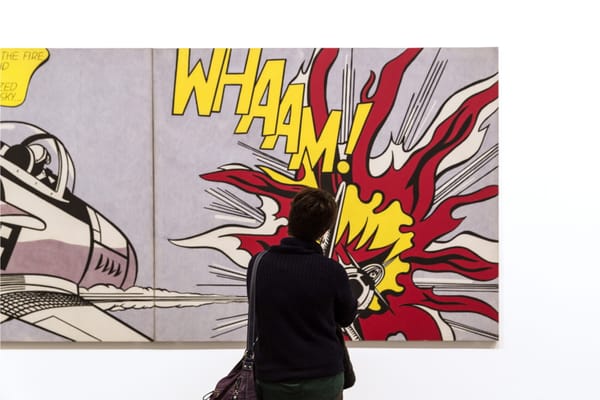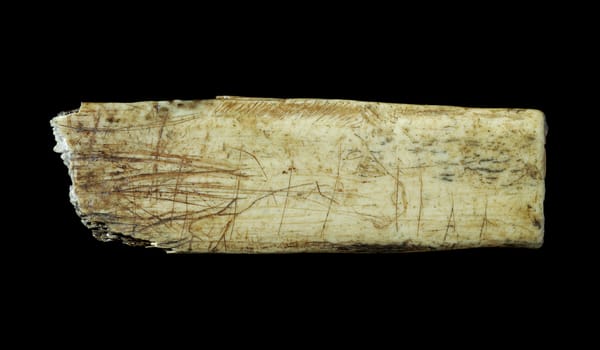Art Is the Highest Form of Play, and Play Is the Highest Form of Investigation
Art is not just beauty—it is inquiry, rebellion, and survival. No matter how history tries to suppress it, creativity refuses to die.

Imagine a world without art. No paintings, no music, no poetry, no stories. The walls are blank, the silence is deafening, and every book, every sculpture, every melody has vanished into nothingness. The world, stripped of expression, would become a graveyard of forgotten dreams.
And yet, some have dared to suggest it. From Piet Mondrian to André Breton, radical thinkers have toyed with the idea that art should be abolished, that it has poisoned life, that it is an indulgence distracting us from revolution. Mondrian once believed we wouldn’t even miss it. Mayakovsky declared it already dead. But here we are—standing in museums, pressing play on symphonies, tracing the brushstrokes of the past with reverence. Because art refuses to die.
Art is not an object—it is a pulse, a fever dream that refuses to fade. It survives not because it is bought and sold, framed and hung, but because it is something more fundamental: a rebellion, a ritual, a raw act of creation that no force in history has been able to suppress.

If art were to be truly abolished, it would have to be removed not from galleries, but from the minds of those who dream. Try to silence the poet, and she will carve words into the bark of a tree. Try to steal the painter’s canvas, and he will stain the walls of his city with color. Try to ban the dancer, and she will move in the dark, where no one can see but the wind itself.
There have been attempts. Regimes have burned books, destroyed sculptures, censored plays, and silenced musicians. But even in the most repressive corners of history, art has found its way through the cracks—in whispered poetry, in forbidden murals, in songs hummed under breath.
To say that art should be abolished is to say that humanity should be abolished. It is to wish for a world without memory, without madness, without meaning. It is to strip the universe of wonder and leave only the dull mechanics of survival.
And what would be left? A world without color, without rhythm, without metaphor. A world where the only paintings are warnings, the only songs are alarms, the only poetry is a list of rules.
To create is to explore, and to explore is to understand.
But this is not a world we will ever see. Art is relentless. It will crawl out from the ruins. It will appear in the hands of a child who draws on the pavement. It will be found in the spaces between words, in the silence before a song, in the flicker of a film reel spinning in the dark.
To believe art could ever be abolished is to misunderstand its nature. It is not luxury. It is not decoration. It is a force—older than war, older than kings, older than money itself.
And no matter what history throws at it, art will always return, laughing, bleeding, and defiant.
ART Walkway News






